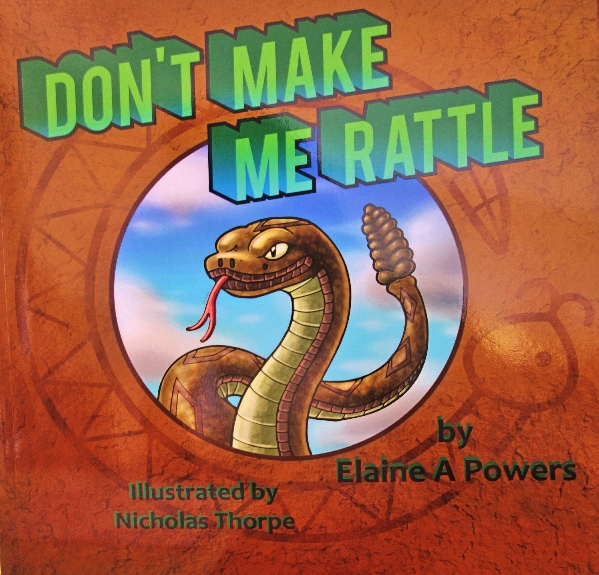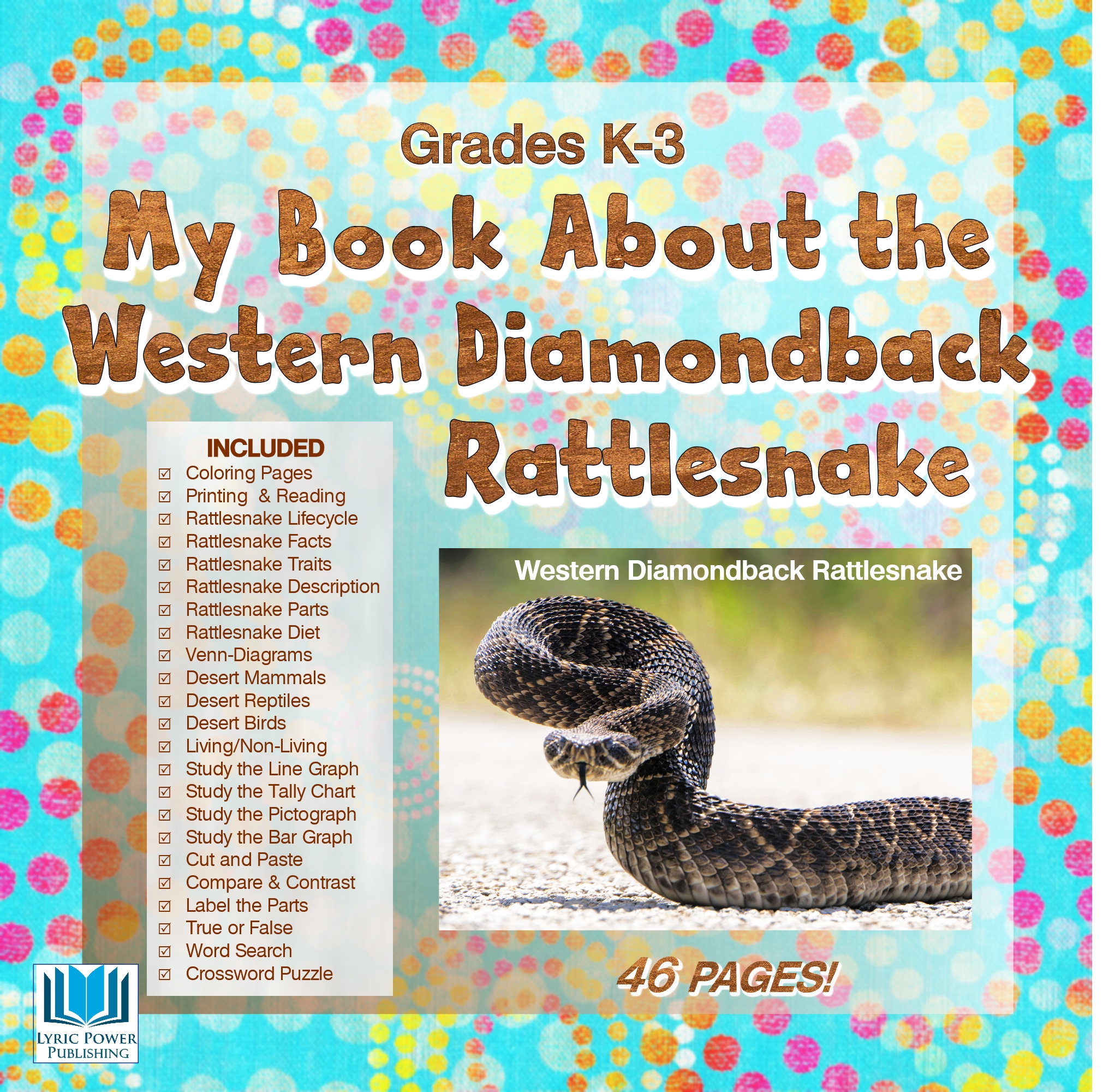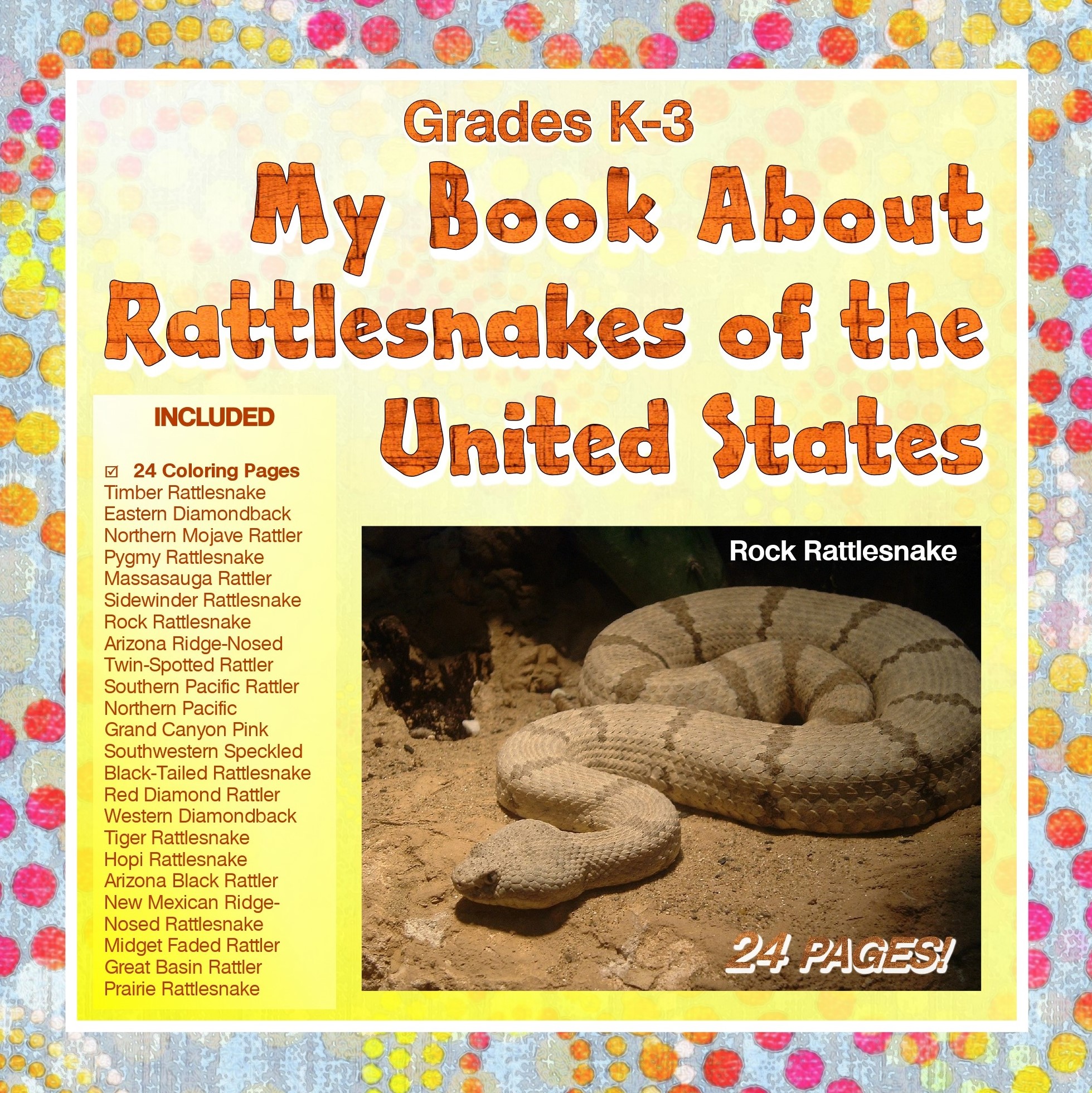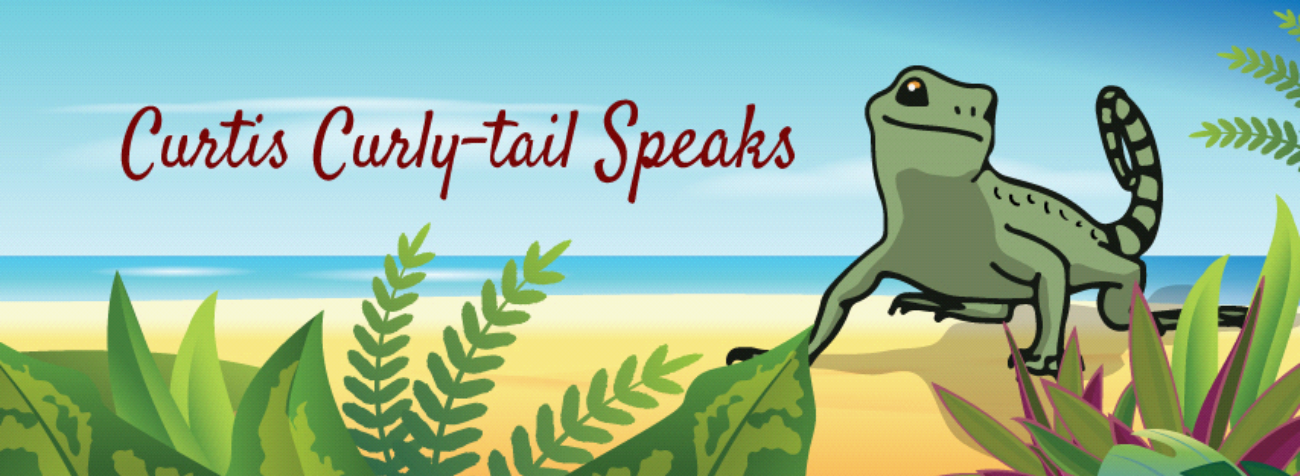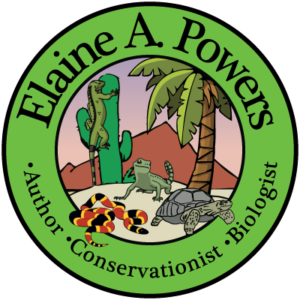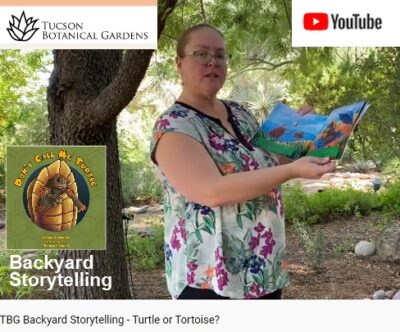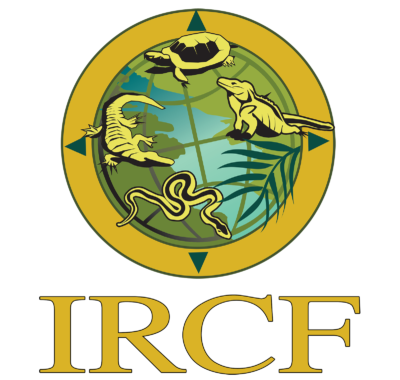The Sanibel Snakes Are Gone by Elaine A. Powers, Author
I have spent a lot of time in South Florida, nearly every year since I was born. I remember seeing massive Eastern Diamondback Rattlesnakes crossing the road. All the cars would stop and we’d get out and watch as the magnificent snakes slithered across, unconcerned by the humans nearby.
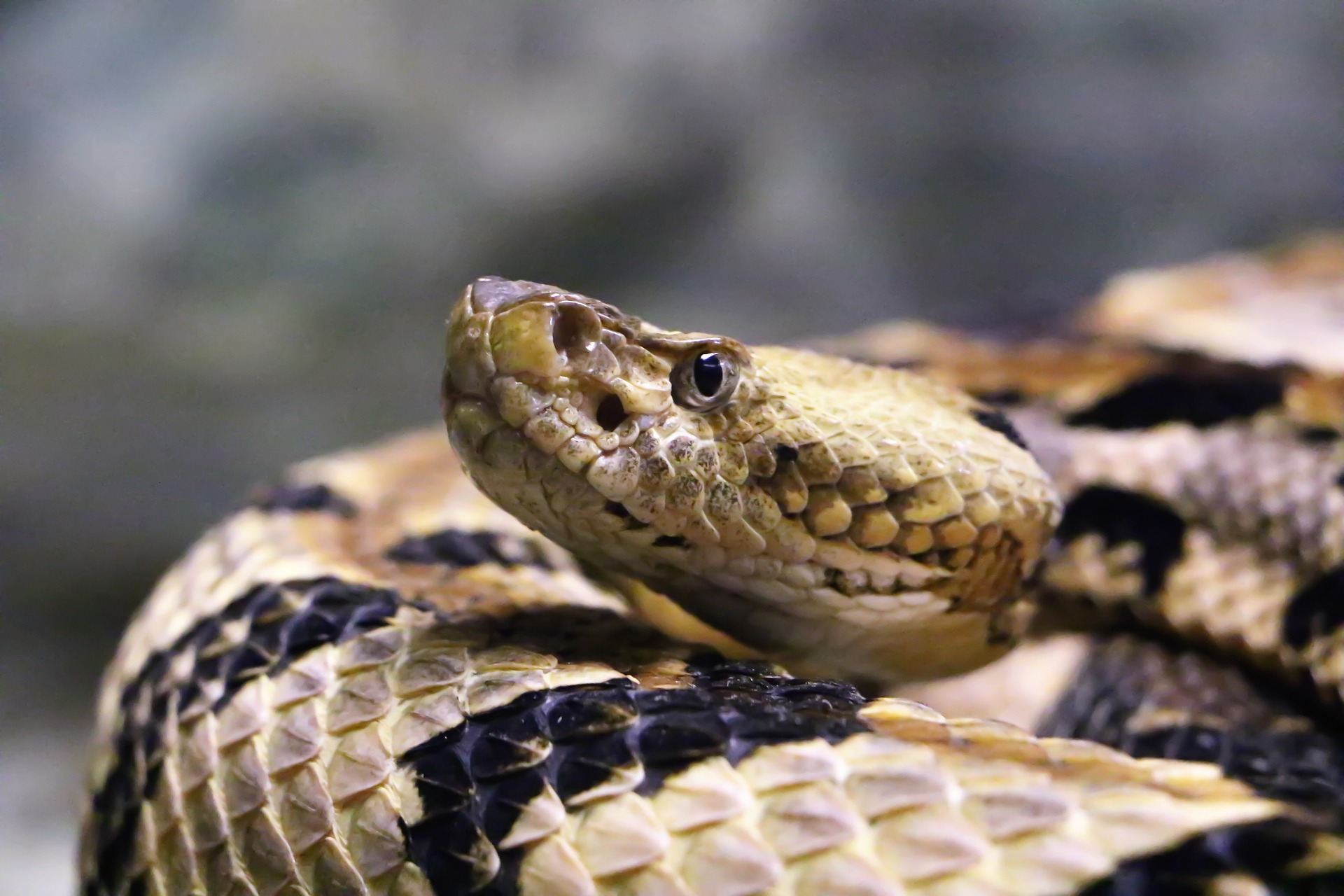
My father, a physician, correctly diagnosed a bite a neighbor had received while working under his trailer at the RV park we stayed in. The man thought he had been bitten by a spider, but my father told him to proceed immediately to the ER, since he had been in fact been bitten by a Pygmy Rattler. This correct diagnosis saved the man’s hand. When I worked at J.N. Ding Darling National Wildlife Refuge, I was privileged to see several Eastern Coral Snakes. These shy snakes were rarely seen.
Consequently, I thought Ft. Myers and Sanibel would be good places to peddle my book about rattlesnakes. I was surprised and saddened to learn that the native venomous snakes are no longer found in the area. Sadly, Eastern Coral Snakes have not been documented since 2002.
What a tremendous loss to the ecosystems.
Would a book like Don’t Me Rattle! have made a difference? Maybe if people had been educated, they would have worked to preserve these species. We’ll never know now.
But you can help educate people about the value of rattlesnakes, which eat insects and rodents we humans don’t like. And tell them their venom is actually a digestive aid and their only defense if something tries to hurt them. The rattle-sound is meant to warn, not to scare—just step away and avoid a meeting.
Not only is Don’t Make Rattle! filled with educational and entertaining information, you’ll find a Western Diamondback Rattlesnake workbook and a U.S. Rattlesnake coloring pages book on the LyricPower.net website.
To learn about our latest science-based children’s books and workbooks, to read our latest blog posts about reptiles, birds, cats, and gardening, in a variety of locations, and about how the books come to be, what inspires an author to write, and many more interesting aspects of the publishing business, fill in the box below and we will add you to our email list.
Thank you!
